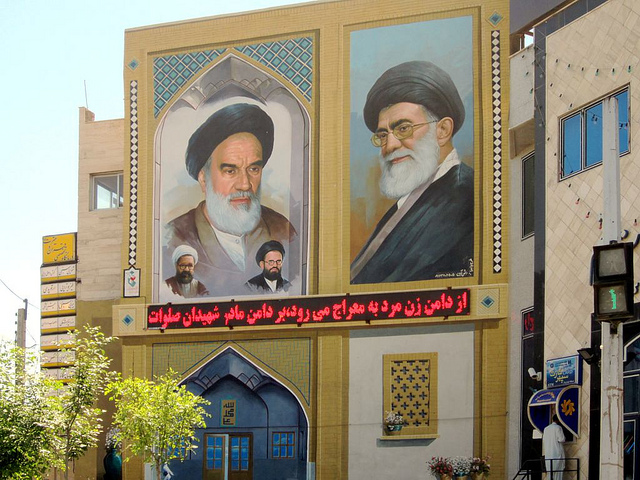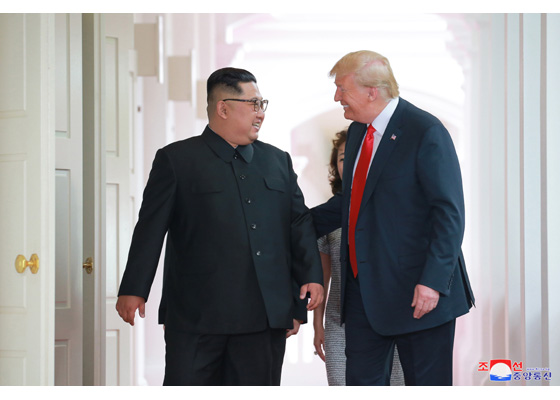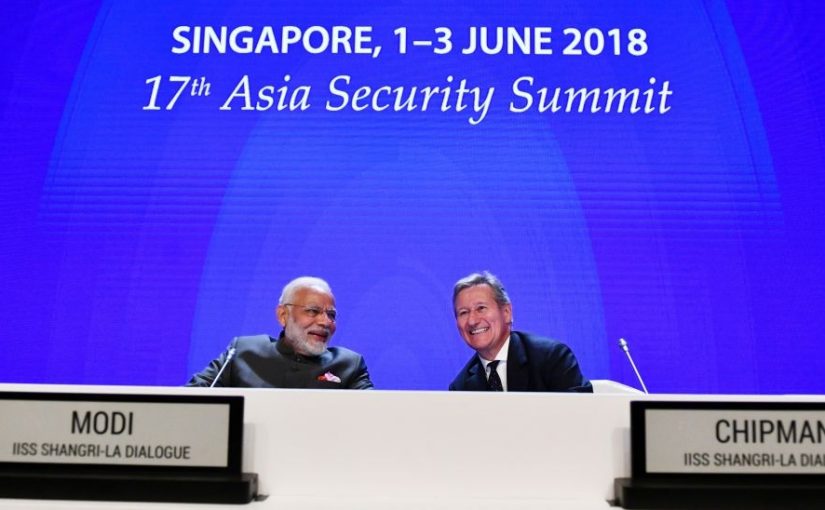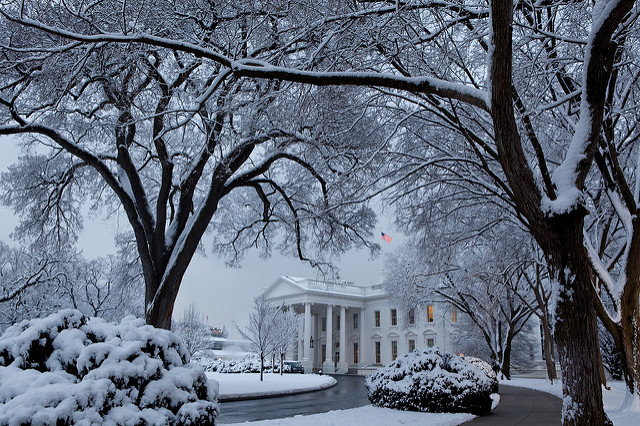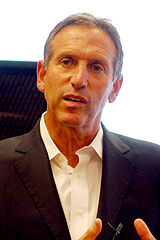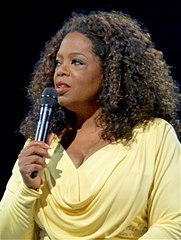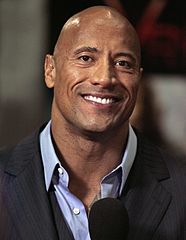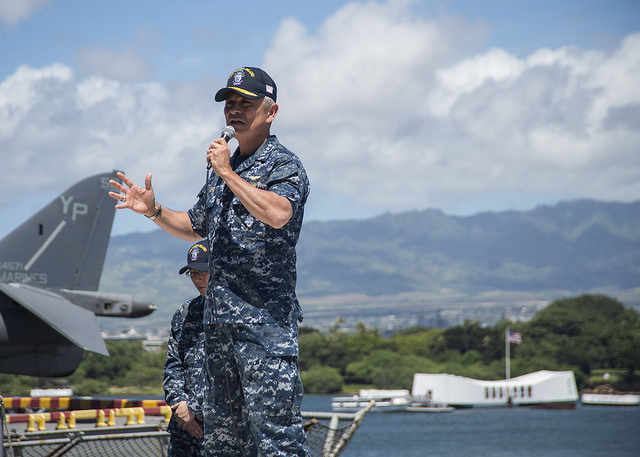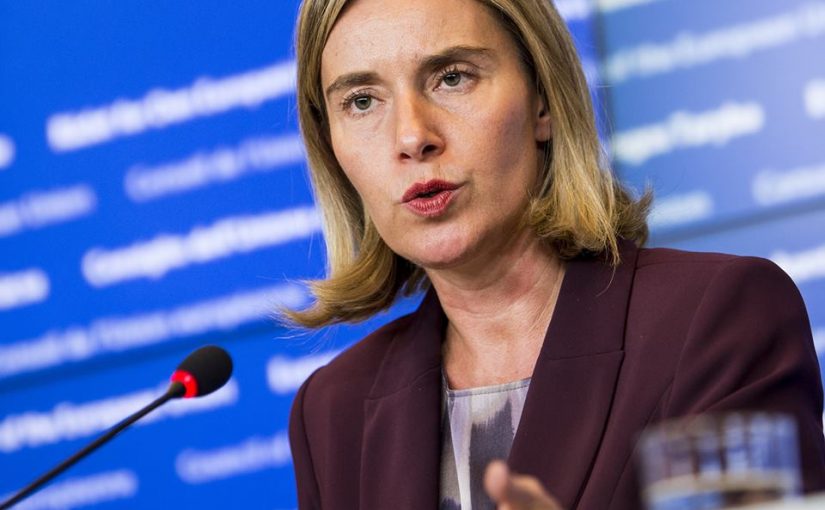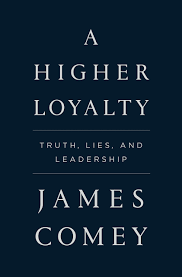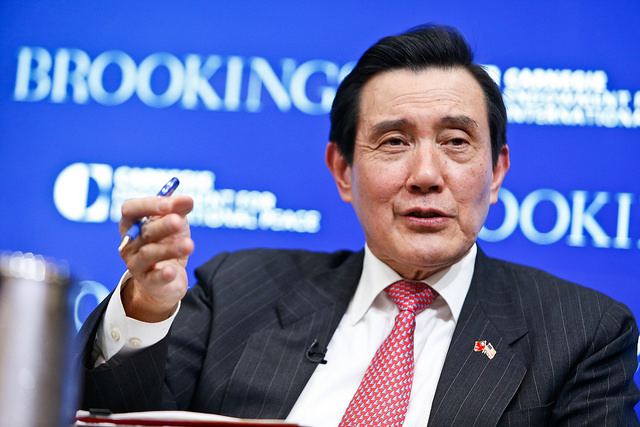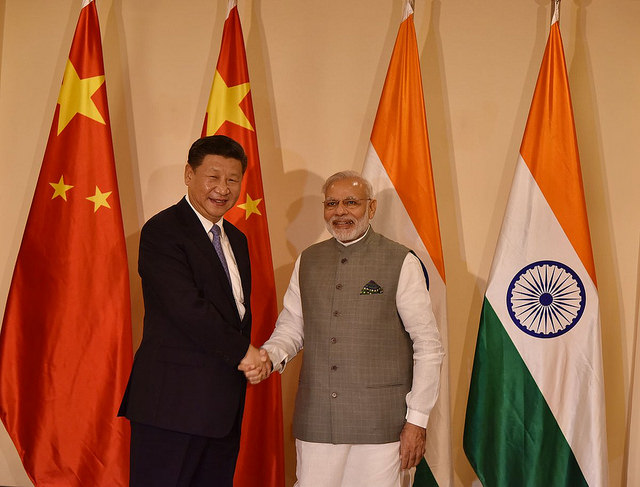On June 1, India’s PM, Narendra Modi delivered the keynote at the IISS Shangri-La Dialogue of the 17th Asia Security Summit in Singapore. PM Modi laid out his grand vision for a peaceful and prosperous Indo-Pacific region. He stressed India’s historical ties with the region going back to ancient times, and he outlined India’s view of the important work being done by the ASEAN nations. Modi’s tone was inclusive, statesman-like, positive, and non-combative. His grand vision stresses cooperation, not confrontation. The full English text is attached below. (Reading Time: 12 minutes.)
Prime Minister Lee Hsien Loong,
Thank you for your friendship, your leadership of India-Singapore partnership and a better future for the region.
Defence Ministers,
Mr. John Chipman,
Dignitaries and Excellencies,
Namaskar and a very good evening to all of you!
I am pleased to return to a region, known to India since ancient times as सुवर्णभूमि, (the land of gold).
I am also happy to be here in a special year. In a land-mark year of India’s relationship with ASEAN.
In January, we had the unique honour of hosting ten ASEAN leaders on our Republic Day. The ASEAN-India Summit was a testimony of our commitment to ASEAN, and to our Act East policy.
For thousands of years, Indians have turned to the East. Not just to see the Sun rise, but also to pray for its light to spread over the entire world. The human-kind now looks to the Rising East, with the hope to see the promise that this 21st century beholds for the whole world, because the destiny of the world will be deeply influenced by the course of developments in the Indo-Pacific region.
Because, this new age of promise is also caught in shifting plates of global politics and the fault lines of history. I am here to say that the future we seek does not have to be as elusive as Shangri La; that we can shape this region in our collective hopes and aspirations. No where is it more apt to pursue this than in Singapore.This great nation shows us that when the oceans are open, the seas are secure, countries are connected, the rule of law prevails and the region is stable, nations, small and large, prosper as sovereign countries. Free and fearless in their choices.
Singapore also shows that when nations stand on the side of principles, not behind one power or the other, they earn the respect of the world and a voice in international affairs. And, when they embrace diversity at home, they seek an inclusive world outside.
For India, though, Singapore means more. It’s the spirit that unites a lion nation and a lion city.Singapore is our springboard to ASEAN. It has been, for centuries, a gateway for India to the East.For over two thousand years, the winds of monsoons, the currents of seas and the force of human aspirations have built timeless links between India and this region. It was cast in peace and friendship, religion and culture, art and commerce, language and literature. These human links have lasted, even as the tides of politics and trade saw their ebb and flow.
Over the past three decades, we have re-claimed that heritage to restore our role and relationships in the region.For India, no region now receives as much attention as this. And, for good reasons.
Oceans had an important place in Indian thinking since pre-Vedic times. Thousands of years ago, the Indus Valley Civilisation as well as Indian peninsula had maritime trade. Oceans and Varuna – the Lord of all Waters – find a prominent place in the world’s oldest books- the Vedas. In ancient Puranas, written thousands of years ago, the geographical definition of India is with reference to the seas: उत्तरों यत समुद्रस्य meaning, the land which lies to the north of the seas.
Lothal, in my home state Gujarat, was among the world’s oldest ports. Even today there are remains of a dock. No wonder Gujaratis are enterprising and travel widely even today! The Indian Ocean has shaped much of India’s history. It now holds the key to our future. The ocean carries 90% of India’s trade and our energy sources. It is also the life line of global commerce. The Indian Ocean connects regions of diverse cultures and different levels of peace and prosperity. It also now bears ships of major powers.Both raise concerns of stability and contest.
To the East, the Malacca Strait and South China Sea connect India to the Pacific and to most of our major partners – ASEAN, Japan, Republic of Korea, China and the Americas.Our trade in the region is growing rapidly. And, a significant part of our overseas investments flow in this direction. ASEAN alone accounts for over 20%.
Our interests in the region are vast, and our engagement is deep. In the Indian Ocean region, our relationships are becoming stronger. We are also helping build economic capabilities and improve maritime security for our friends and partners.We promote collective security through forums like Indian Ocean Naval Symposium.
We are advancing a comprehensive agenda of regional co-operation through Indian Ocean Rim Association. And, we also work with partners beyond the Indian Ocean Region to ensure that the global transit routes remain peaceful and free for all.
Three years ago, in Mauritius, I described our vision in one word – Sagar, which means ocean in Hindi. And, Sagar stands for Security and Growth for All in the Region and, that is the creed we follow to our East now even more vigorously through our Act East Policy by seeking to join India, especially her East and North-East, with our land and maritime partners to the east.
South-east Asia is our neighbour by land and sea.With each Southeast Asian country, we have growing political, economic and defence ties. With ASEAN, from dialogue partners, we have become strategic partners over the course of 25 years. We pursue our relations through annual summits and 30 dialogue mechanisms. But even more through a shared vision for the region, and the comfort and familiarity of our old links.
We are active participants in ASEAN-led institutions like East Asia Summit, A.D.M.M. Plus and A.R.F. We are part of BIMSTEC and Mekong-Ganga Economic Corridor – a bridge between South and Southeast Asia.
Our ties with Japan – from economic to strategic – have been completely transformed. It is a partnership of great substance and purpose that is a corner-stone of India’s Act East Policy. There is a strong momentum in our cooperation with Republic of Korea. And, there is a fresh energy in our partnerships with Australia, as also New Zealand.
With several of our partners, we meet in formats of three or more.More than three years ago, I landed at dawn in Fiji to start a successful new phase of engagement with Pacific Island Nations. The meetings of the Forum for India-Pacific Islands Cooperation, or FIPIC, have bridged the distance of geography through shared interests and action.
Beyond East and Southeast Asia, our partnerships are strong and growing.It is a measure of our strategic autonomy that India’s Strategic Partnership, with Russia, has matured to be special and privileged.
Ten days ago in an informal summit at Sochi, President Putin and I shared our views on the need for a strong multi-polar world order for dealing with the challenges of our times. At the same time, India’s global strategic partnership with the United States has overcome the hesitations of history and continues to deepen across the extraordinary breadth of our relationship.It has assumed new significance in the changing world. And, an important pillar of this partnership is our shared vision of an open, stable, secure and prosperous Indo-Pacific Region. No other relationship of India has as many layers as our relations with China. We are the world’s two most populous countries and among the fastest growing major economies. Our cooperation is expanding. Trade is growing. And, we have displayed maturity and wisdom in managing issues and ensuring a peaceful border.
In April, a two-day informal Summit with President Xi helped us cement our understanding that strong and stable relations between our two nations are an important factor for global peace and progress. I firmly believe that, Asia and the world will have a better future when India and China work together in trust and confidence, sensitive to each other’s interests.
India has a growing partnership with Africa, propelled through mechanisms such as India-Africa Forum Summits. At its core are cooperation based on Africa’s requirements, and a history of warmth and mutual respect.
Friends,
Coming back to our region, India’s growing engagement is accompanied by deeper economic and defence cooperation. We have more trade agreements in this part of the world than in any other. We have Comprehensive Economic Partnership Agreements with Singapore, Japan and South Korea.
We have Free Trade Agreements with ASEAN and Thailand. And, we are now actively participating in concluding the Regional Comprehensive Economic Partnership Agreement. I have just paid my first visit to Indonesia, India’s neighbour 90 nautical miles close, and not 90 nautical miles apart.
My friend President Widodo and I upgraded India-Indonesia relations to a Comprehensive Strategic Partnership. Among other shared interests, we have a common vision for maritime cooperation in the Indo-Pacific. On way from Indonesia, I stopped over briefly in Malaysia to meet one of ASEAN’s most senior leaders, Prime Minister Mahathir.
Friends,
India Armed Forces, especially our Navy, are building partnerships in the Indo-Pacific region for peace and security, as well as humanitarian assistance and disaster relief. They train, exercise and conduct goodwill missions across the region. For example, with Singapore, we have the longest un-interrupted naval exercise, which is in its twenty fifth year now.
We will start a new tri-lateral exercise with Singapore soon and we hope to extend it to other ASEAN countries. We work with partners like Vietnam to build mutual capabilities. India conducts Malabar Exercise with the United States and Japan. A number of regional partners join in India’s Exercise Milan in the Indian Ocean, and participate in RIMPAC in the Pacific.
We are active in the Regional Cooperation Agreement on Combating Piracy and Armed Robbery against Ships in Asia – in this very city. Distinguished members of the audience, Back home, our principal mission is transforming India to a New India by 2022, when Independent India will be 75 years young.
We will sustain growth of 7.5 to 8% per year. As our economy grows, our global and regional integration will increase. A nation of over 800 million youth knows that their future will be secured not just by the scale of India’s economy, but also by the depth of global engagement. More than any where else, our ties will deepen and our presence will grow in the region. But, the future we seek to build needs a stable bedrock of peace. And, this is far from certain.
There are shifts in global power, change in the character of global economy and daily disruption in technology. The foundations of the global order appear shaken. And, the future looks less certain. For all our progress, we live on the edge of uncertainty, of unsettled questions and unresolved disputes; contests and claims; and clashing visions and competing models.
We see growing mutual insecurity and rising military expenditure; internal dislocations turning into external tensions; and new fault lines in trade and competition in the global commons. Above all, we see assertion of power over re-course to international norms. In the midst of all this, there are challenges that touch us all, including the un-ending threat of terrorism and extremism. This is a world of inter-dependent fortunes and failures. And, no nation can shape and secure it on its own.
It is a world that summons us to rise above divisions and competition to work together. Is that possible ?
Yes. It is possible. I see ASEAN as an example and inspiration. ASEAN represents the greatest level of diversity of culture, religion, language, governance and prosperity of any grouping in the world.
It was born when Southeast Asia was a frontline of global competition, a theatre of a brutal war and a region of uncertain nations. Yet, today, ASEAN has united ten countries behind a common purpose. ASEAN unity is essential for a stable future for this region.
And, each of us must support it, not weaken it. I have attended four East Asia Summits. I am convinced that ASEAN can integrate the broader region. In many ways, ASEAN is already leading the process. In doing so, it has laid the foundation of the Indo-Pacific Region. The East Asia Summit and the Regional Comprehensive Economic Partnership – two important initiatives of ASEAN – embrace this geography.
Friends,
The Indo-Pacific is a natural region. It is also home to a vast array of global opportunities and challenges. I am increasingly convinced with each passing day that the destinies of those of us who live in the region are linked. Today, we are being called to rise above divisions and competition to work together.
The ten countries of South East Asia connect the two great oceans in both the geographical and civilizational sense. Inclusiveness, openness and ASEAN centrality and unity, therefore, lie at the heart of the new Indo-Pacific. India does not see the Indo-Pacific Region as a strategy or as a club of limited members.
Nor as a grouping that seeks to dominate. And by no means do we consider it as directed against any country. A geographical definition, as such, cannot be. India’s vision for the Indo-Pacific Region is, therefore, a positive one. And, it has many elements.
One,
It stands for a free, open, inclusive region, which embraces us all in a common pursuit of progress and prosperity. It includes all nations in this geography as also others beyond who have a stake in it.
Two,
Southeast Asia is at its centre. And, ASEAN has been and will be central to its future. That is the vision that will always guide India, as we seek to cooperate for an architecture for peace and security in this region.
Three,
We believe that our common prosperity and security require us to evolve, through dialogue, a common rules-based order for the region. And, it must equally apply to all individually as well as to the global commons. Such an order must believe in sovereignty and territorial integrity, as well as equality of all nations, irrespective of size and strength. These rules and norms should be based on the consent of all, not on the power of the few. This must be based on faith in dialogue, and not dependence on force. It also means that when nations make international commitments, they must uphold them. This is the foundation of India’s faith in multilateralism and regionalism; and, of our principled commitment to rule of law.
Four,
We should all have equal access as a right under international law to the use of common spaces on sea and in the air that would require freedom of navigation, unimpeded commerce and peaceful settlement of disputes in accordance with international law. When we all agree to live by that code, our sea lanes will be pathways to prosperity and corridors of peace. We will also be able to come together to prevent maritime crimes, preserve marine ecology, protect against disasters and prosper from blue economy.
Five,
This region, and all of us, have benefitted from globalisation. Indian food is among the best examples of these benefits! But, there is growing protectionism – in goods and in services. Solutions cannot be found behind walls of protection, but in embracing change. What we seek is a level playing field for all. India stands for open and stable international trade regime. We will also support rule-based, open, balanced and stable trade environment in the Indo-Pacific Region, which lifts up all nations on the tide of trade and investment. That is what we expect from Regional Comprehnsive Economic Partnership. RCEP must be comprehensive, as the name suggests, and the principles declared. It must have a balance among trade, investment and services.
Six,
Connectivity is vital. It does more than enhance trade and prosperity. It unites a region. India has been at the crossroads for centuries. We understand the benefits of connectivity. There are many connectivity initiatives in the region. If these have to succeed, we must not only build infrastructure, we must also build bridges of trust. And for that, these initiatives must be based on respect for sovereignty and territorial integrity, consultation, good governance, transparency, viability and sustainability. They must empower nations, not place them under impossible debt burden. They must promote trade, not strategic competition. On these principles, we are prepared to work with everyone. India is doing its part, by itself and in partnership with others like Japan – in South Asia and Southeast Asia, in the Indian Ocean, Africa, West Asia and beyond. And, we are important stake-holders in New Development Bank and the Asian Infrastructure Investment Bank.
Finally,
All of this is possible, if we do not return to the age of great power rivalries I have said this before: Asia of rivalry will hold us all back. Asia of cooperation will shape this century. So, each nation must ask itself: Are its choices building a more united world, or forcing new divisions? It is a responsibility that both existing and rising powers have. Competition is normal. But, contests must not turn into conflict; differences must not be allowed to become disputes. Distinguished members of the audience, It is normal to have partnerships on the basis of shared values and interests. India, too, has many in the region and beyond.
We will work with them, individually or in formats of three or more, for a stable and peaceful region. But, our friendships are not alliances of containment. We choose the side of principles and values, of peace and progress, not one side of a divide or the other. Our relationships across the world speak for our position.
And, when we can work together, we will be able to meet the real challenges of our times. We will be able to protect our planet. We will be able to ensure non-proliferation We will be able to secure our people from terrorism and cyber threats.
In conclusion, let me say this again: India’s own engagement in the Indo-Pacific Region – from the shores of Africa to that of the Americas – will be inclusive. We are in-heritors of Vedanta philosophy that believes in essential oneness of all, and celebrates unity in diversity एकम सत्यम, विप्राः बहुदावदंति (Truth is one, the learned speak of it in many ways). That is the foundation of our civilizational ethos – of pluralism, co-existence, open-ness and dialogue. The ideals of democracy that define us as a nation also shape the way we engage the world.
So, it translates into five S in Hindi: सम्मान (respect); सम्वाद (dialogue); सह्योग (cooperation), शांति (peace), and समृद्धि (prosperity). It’s easy to learn these words! So, we will engage with the world in peace, with respect, through dialogue and absolute commitment to international law.
We will promote a democratic and rules-based international order, in which all nations, small and large, thrive as equal and sovereign We will work with others to keep our seas, space and airways free and open; our nations secure from terrorism; and our cyber space free from disruption and conflict. We will keep our economy open and our engagement transparent. We will share our resources, markets and prosperity with our friends and partners. We will seek a sustainable future for our planet, as through the new International Solar Alliance together with France and other partners.
This is how we wish ourselves and our partners to proceed in this vast region and beyond. The ancient wisdom of the region is our common heritage. Lord Buddha’s message of peace and compassion has connected us all. Together, we have contributed much to human civilisation. And, we have been through the devastation of war and the hope of peace. We have seen the limits of power. And, we have seen the fruits of cooperation.
This world is at a crossroad There are temptations of the worst lessons of history. But, there is also a path of wisdom. It summons us to a higher purpose: to rise above a narrow view of our interests and recognise that each of us can serve our interests better when we work together as equals in the larger good of all nations. I am here to urge all to take that path.
Thank you.
Thank you very much.
*****
 日本語
日本語 English
English 中国語
中国語